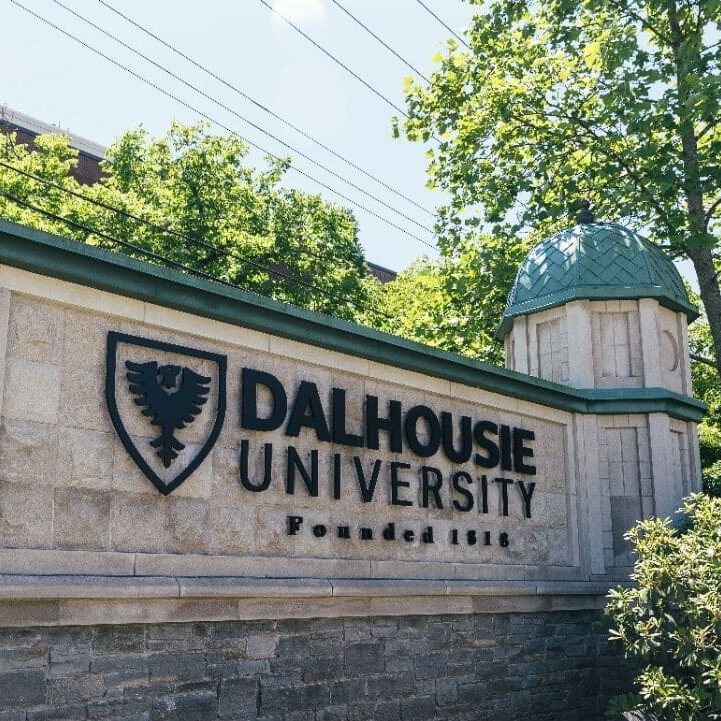
It seems fewer and fewer Canadians understand the quite simple question: who is our head of state?
Sure, it’s a bit clearer in the United States: the President (Barack Obama) is both their head of state and head of government. In Canada, our head of government is the Prime Minister, Stephen Harper. Our head of state is none other than Queen Elizabeth II.
Our parliamentary system is understandably confusing for the average Canadian. But last week, our Governor General proved that even she doesn’t get it, calling herself our head of state, not once, but twice. The problem is, this is completely incorrect.
To understand the confusion around our head of state, we should start with the confusion around the constitution.
Working as a Parliamentary guide, visitors would come to Parliament every day, and some ask where we put the constitution on display in this country. The constitution is not on display anywhere.
The constitution is a mix of written documents, and unwritten traditions, further interpreted by Letters Patent, which are royal decrees emanating from the Queen. Certain parts are available online, or in various libraries. The others are essentially just folklore.
The first, and probably most important, part of our constitution is the British North America Act, known now as the Constitution Act (1867). This document outlines, among other things, that we are a federal democracy, and states clearly that our head of state is the Queen. It outlines requirements for becoming a Senator or Member of Parliament, but doesn’t mention the Prime Minister.
Why aren’t the Prime Minister’s requirements outlined in our constitution? The Prime Minister isn’t an actual position. Instead, our head of government is simply a tradition, the leader of the cabinet, the chief political adviser to the crown.
The tradition emerged in the early 18th century, and has existed ever since. The Prime Minister need not be elected – in fact, John Turner led “from the halls”. He was neither a Member of Parliament or Senator during his brief tenure. Two of our 22 Prime Ministers have been Senators, leaving only 19 to have served in the House of Commons.
The Governor General, on the other hand, is in the constitution. Her powers are mostly defined by Letters Patent, which were issued by George VI in 1947, and can be revoked at any time. They aren’t laws, just orders from the crown.
In 1947, the King effectively handed the decisions assigned to him to the Governor General, but appointing additional Senators above the standard 105 is still maintained as an exclusive power of the Monarch.
Despite this, the Governor General is at most the federal representative for the crown. She is not, in any legal meaning, the “Queen’s representative for Canada”. The Supreme Court affirmed this, ruling that provincial governments are directly responsible to the crown, and that provincial Lieutenant Governors outrank the GG on provincial matters. She is not our “resident head of state” either. She is absolutely not our head of state.
This is possibly the most confusing thing for many about the Canadian Parliamentary System.
Most people get that the Prime Minister isn’t elected directly, he is appointed, after showing that he has the confidence of the House of Commons. People generally understand the first-past-the-post, plurality system for elections, and people generally get that the Senate is an appointed body.
What we need now is to educate the public that the Governor General merely makes decisions on behalf of the Queen, and can be dismissed with no notice, and serves a limited term. She is not our head of state, and for her to call herself such is one of the most outrageous statements coming out of Ottawa.






